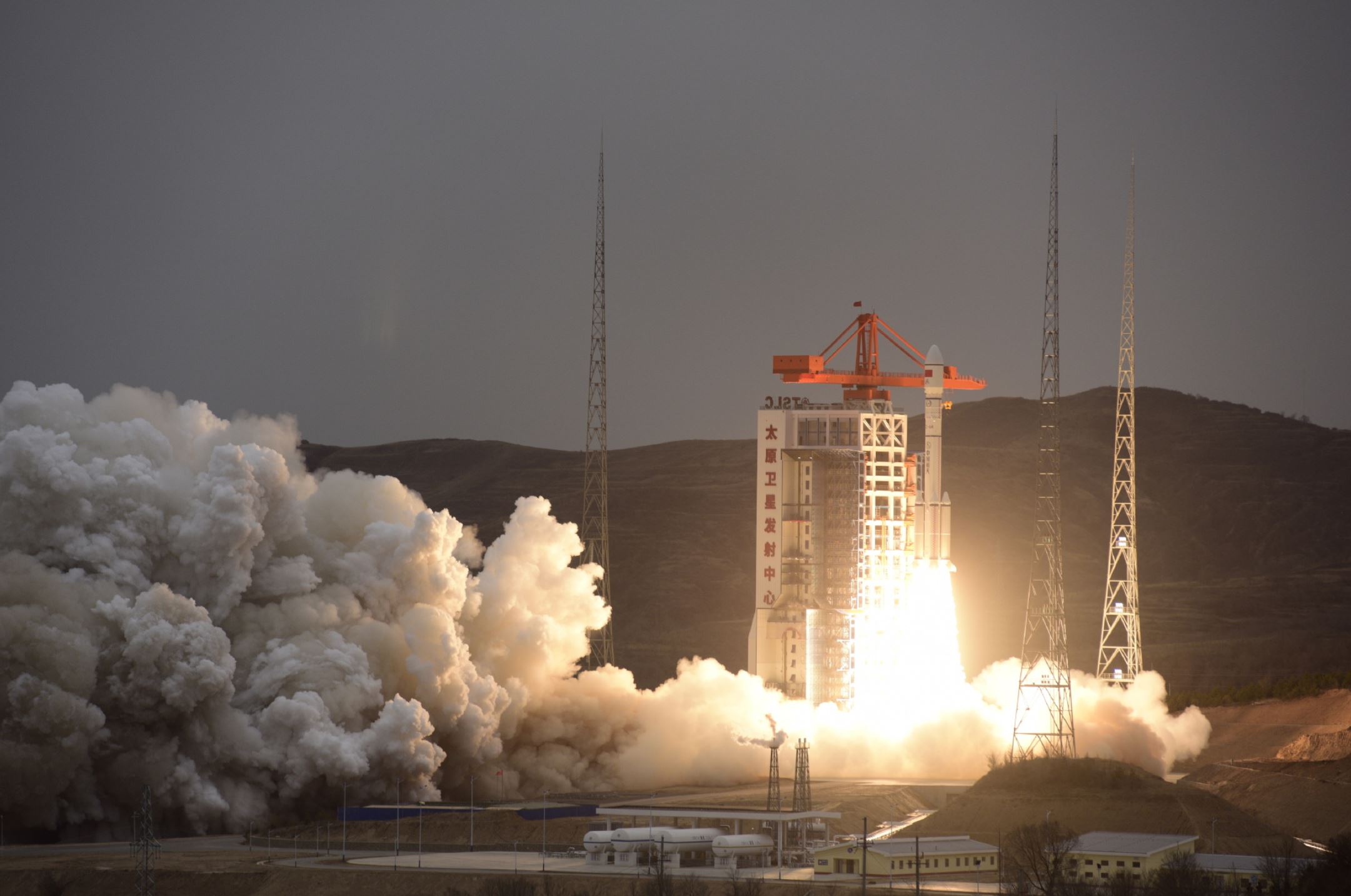General Chance Saltzman, Chief of Space Operations in the United States Space Force, recently proposed “Competitive Endurance” as a theory of Space Force success. Competitive Endurance has three core tenets: Avoiding operational surprise, denying adversaries a first-mover advantage in space, and implementing responsible counterspace campaigns. In essence, the theory of Competitive Endurance rests on the U.S. Space Force’s ability to provide actionable space domain awareness (SDA), achieve resiliency, and field capabilities that protect the Joint Force from space-enabled attack.
The U.S. Space Force can and should achieve Competitive Endurance by taking three specific actions:
- Develop spacecraft with dynamic capabilities and apply military principles such as maneuverability, flexibility and the concentration of force to orbital warfare.
- Achieve on-orbit persistence and coordination by deploying a tiered architecture of smart systems that deliver coherent and synchronized SDA.
- Plan and implement countermeasures and protection strategies for space assets that promote the resiliency required to withstand an adversary’s first attack.
In combination, these actions will protect the Joint Force from space-enabled attacks.
It’s useful to consider Competitive Endurance in the context of Dynamic Space Operations (DSO). DSO gives spacecraft the ability to transition from a static role to one where they can act in real-time to defeat any threats, assure combat effectiveness, or provide alerts about any anomalies outside of their regular mission.
Application of traditional principles of war to DSO enables the creation of sound orbital warfare strategy and doctrine for the guardians of the Space Force. Integrating Competitive Endurance with DSO will allow the Space Force to better define and envision what actionable SDA, resiliency and protection of the Joint Force from space-enabled attacks mean for the future.
Setting the stage
Let’s set the stage for future military operations. Space is a novel environment within a set of understandable astrophysical characteristics. Objects in space exist anywhere from hundreds to tens of thousands of kilometers from human interaction and can travel as fast as 500 kilometers per minute — nearly 18,000 mph.
The speed and complexity of combat in space will be unprecedented and will greatly compress decision timelines and increase the need for certainty in orbit. Consequently, a spacecraft must have the ability to produce high-quality intelligence in near real-time while quickly, if not autonomously, making decisions to protect itself and other assets around it.
In this regard, consider the application of three major principles of war to space operations:
- Flexibility — the capacity to adapt plans and operations to account for unforeseen circumstances, ensuring success in the face of “fog and friction.”
- Concentration — the ability to distribute or centralize military effects at the right place and time in space to achieve a decisive result.
- Maneuverability — the ability to move within or among orbits to evade threats, position near objects the U.S. may want to observe more closely, or position to achieve surprise.
Not only must these principles be adopted in order to establish Competitive Endurance, we will also need to develop new capabilities such as autonomy in orbit, proliferated sensing and targeted countermeasures. This will ultimately lead to and enable the development of operational concepts, tactics, techniques and procedures. Going forward, flexibility in space operations will be particularly important for protecting against attacks.
Creating smart systems
Given that adversarial action in the space domain is likely to be the precursor to any modern conflict, being able to quickly switch gears from peacetime cat-and-mouse activities or gray-zone operations to orbital warfare will be necessary. The ability to understand a situation, and then confidently and quickly decide on a course of action on orbit, translates directly into autonomy. This requires the right data paired to validated AI or machine learning models that generate object characterization, identification, patterns of behavior and courses of action — onboard, in orbit.
This flexibility could be empowered by a mix of smart sensors that can see and hear things like radio frequency, electro-optical and infrared payloads. These sensors can be deployed in a “tip and cue” construct — coordinating the tracking of objects across different satellites in near real-time — with advanced processing solutions hosting the new algorithms that power the decision-making process.
Beyond that, concentration and maneuverability should be integrated in the sensor architecture in a way that allows them to carry out wide-area search and track missions as well as up close characterization and neighborhood watch. Coupling that with processing at the edge will create the near real-time functionality required to operate at the timelines necessary for space operations.
Countermeasures and protection strategies
The fundamental difference between Competitive Endurance and previous space theories is the importance of understanding adversaries’ tactics and threat capabilities. This will be done by creating explicit dossiers on each object in space describing their history and behavior. By harnessing these capabilities and this information the Space Force will be able to move from merely locating space objects to creating a robust set of warnings that inform response options. Ultimately, it will become a lot easier to confidently decide to engage — or not engage — in orbital warfare when the time inevitably comes.
America’s adversaries have placed us on the precipice of this new frontier of warfare. Acquiring the right information on the right timelines will be crucial to concentrating space effects, maneuvering to create an advantage, and flexibly adapting plans and operations to new situations. This will help the U.S. deter (or prevail, if necessary) in a future conflict that extends to space.
Josh Hartman is the Chief Strategy and Growth Officer at LightRidge Solutions and the former Deputy Assistant Secretary of Defense for Space and Intelligence.



